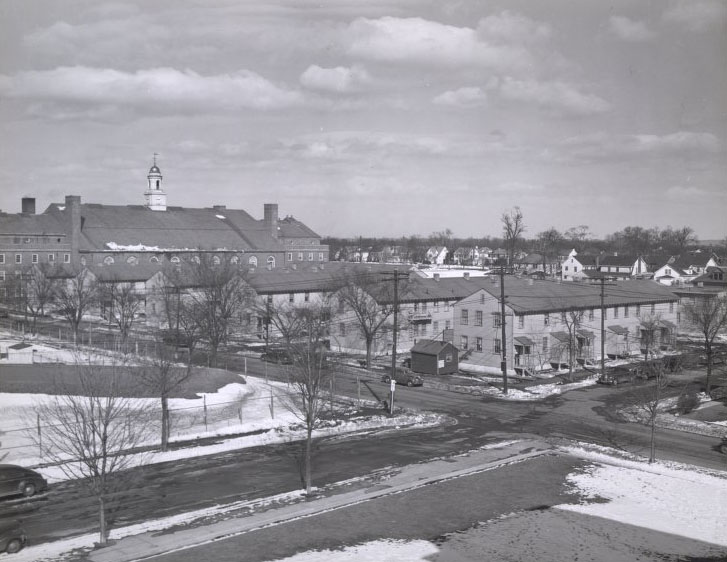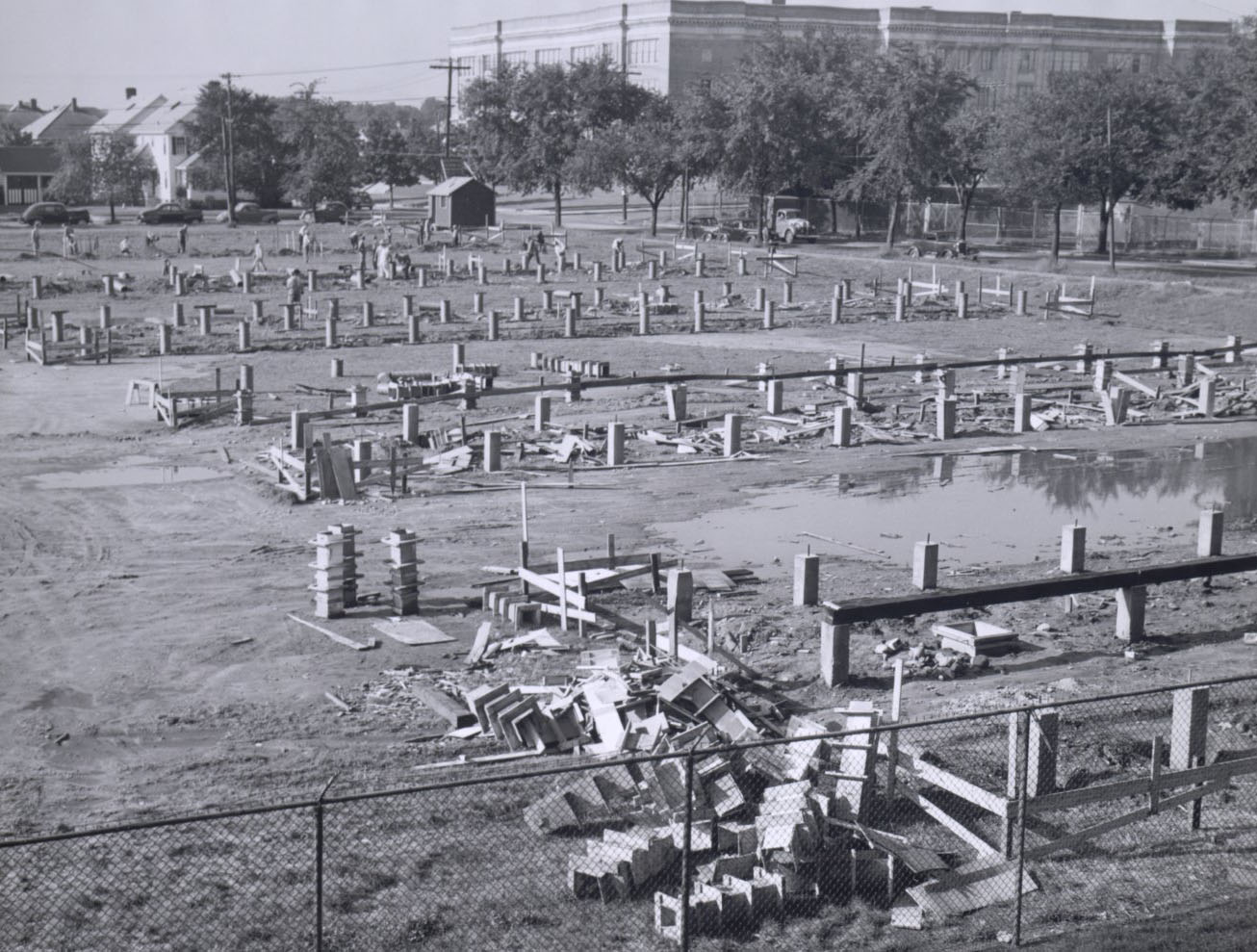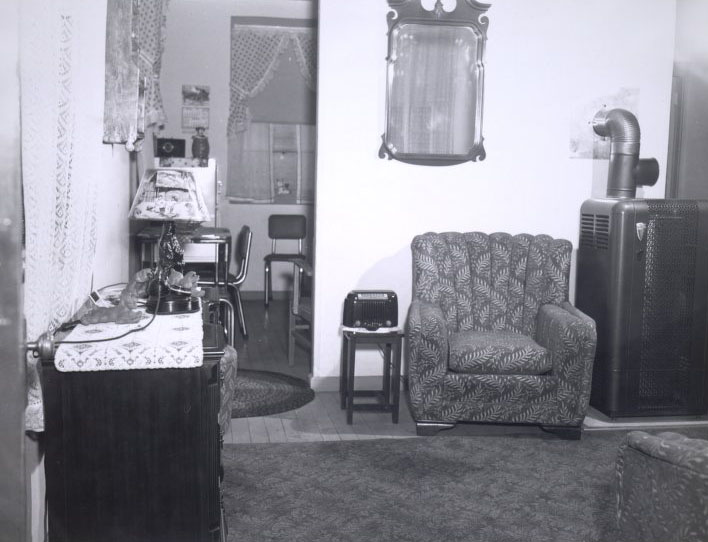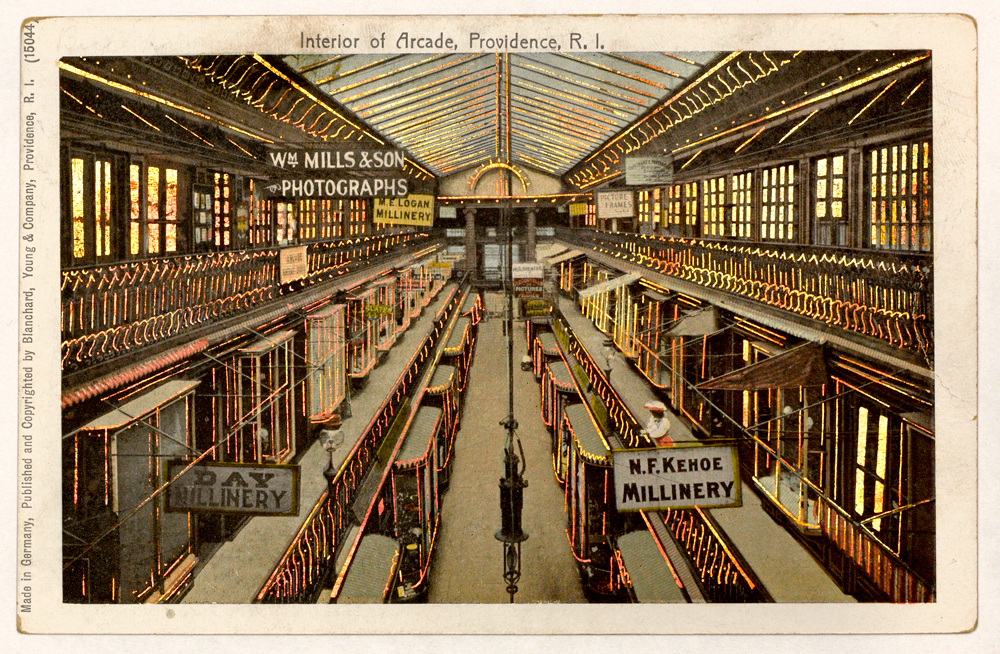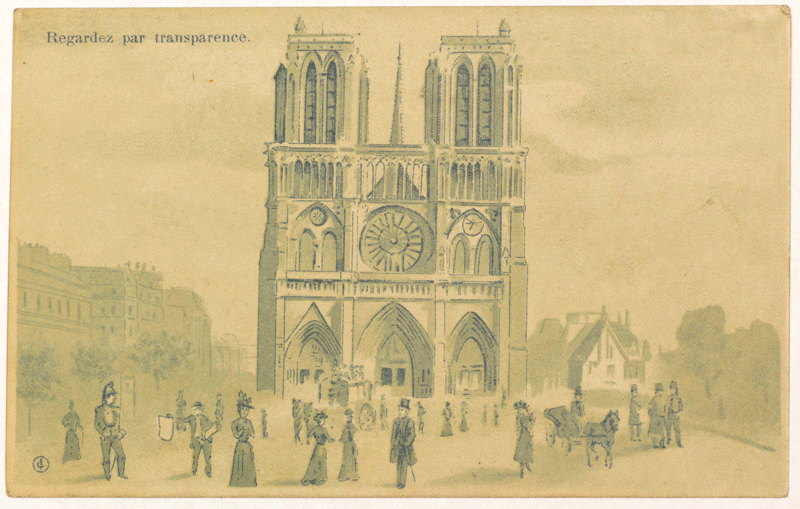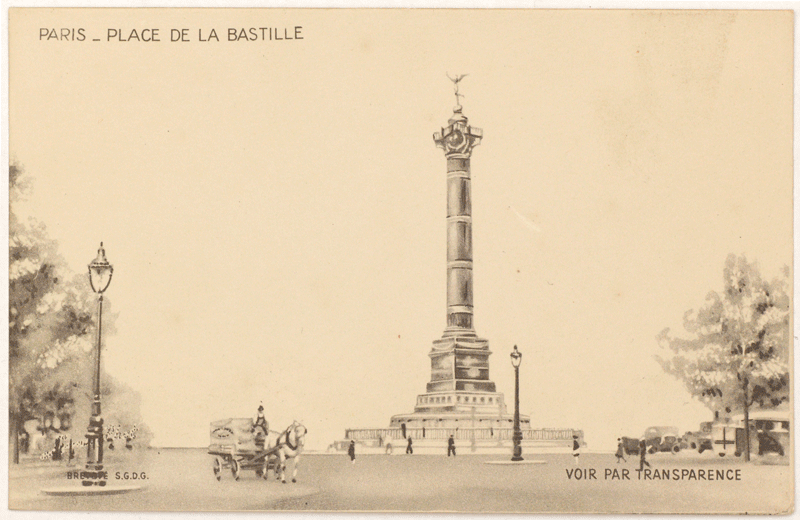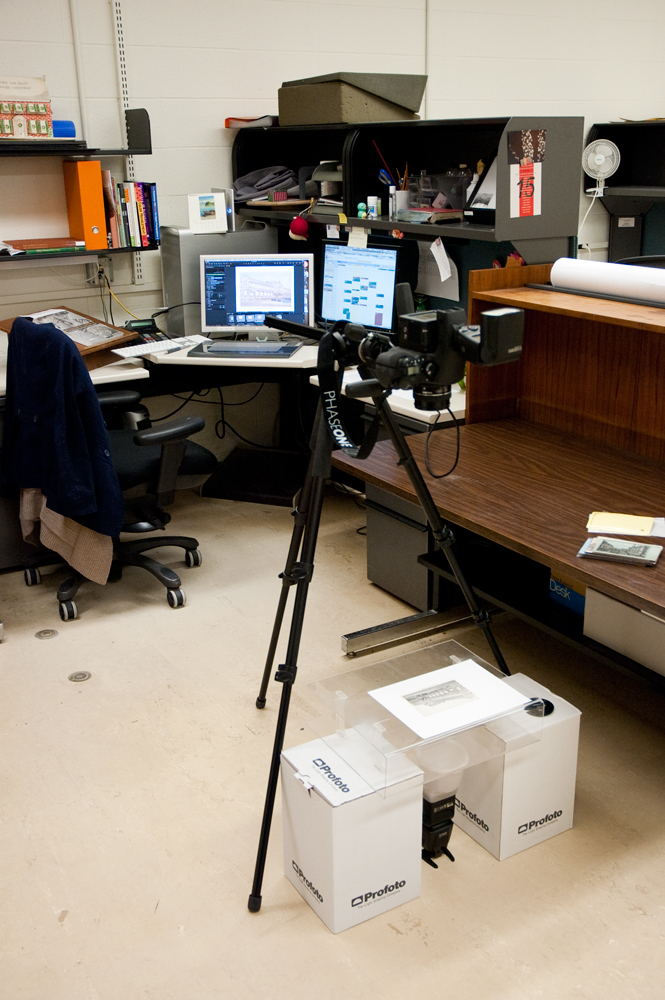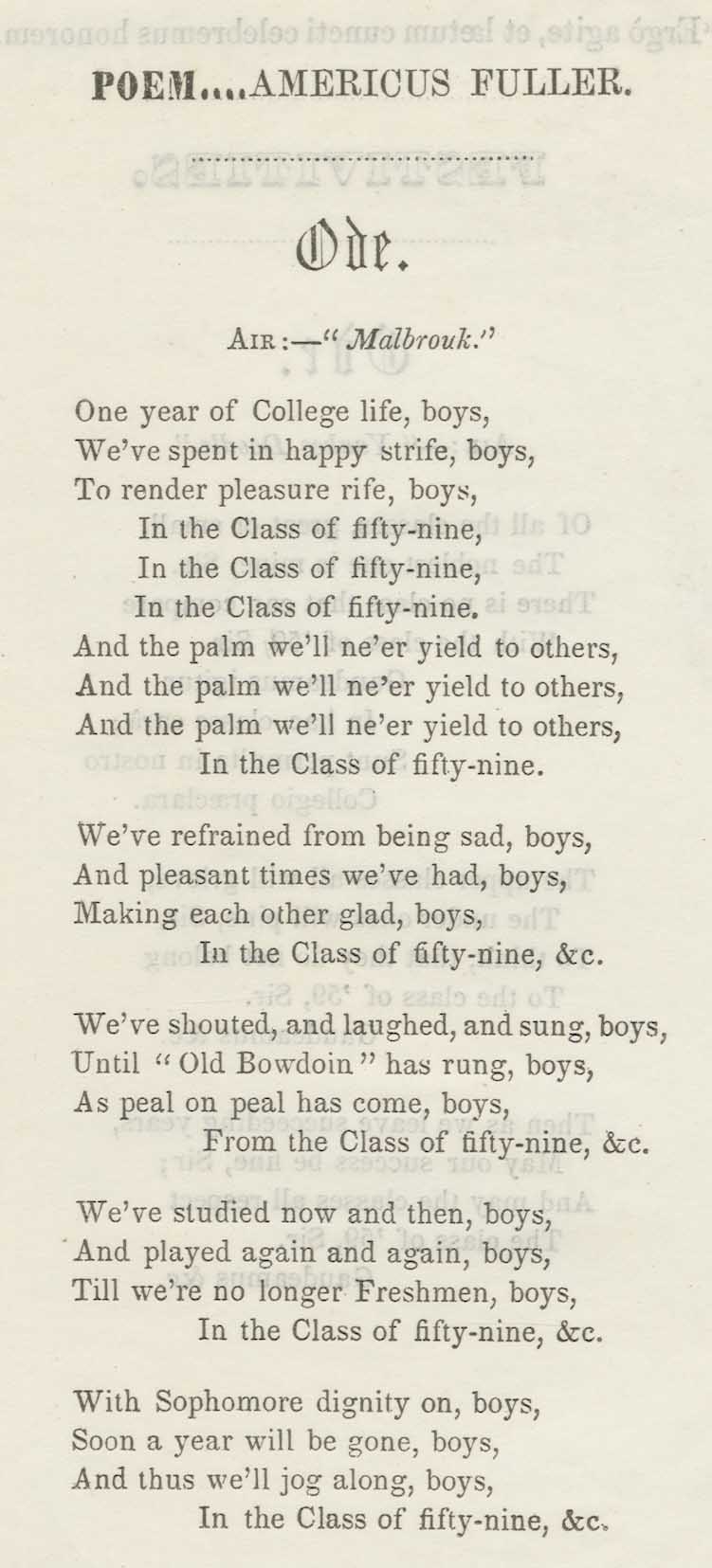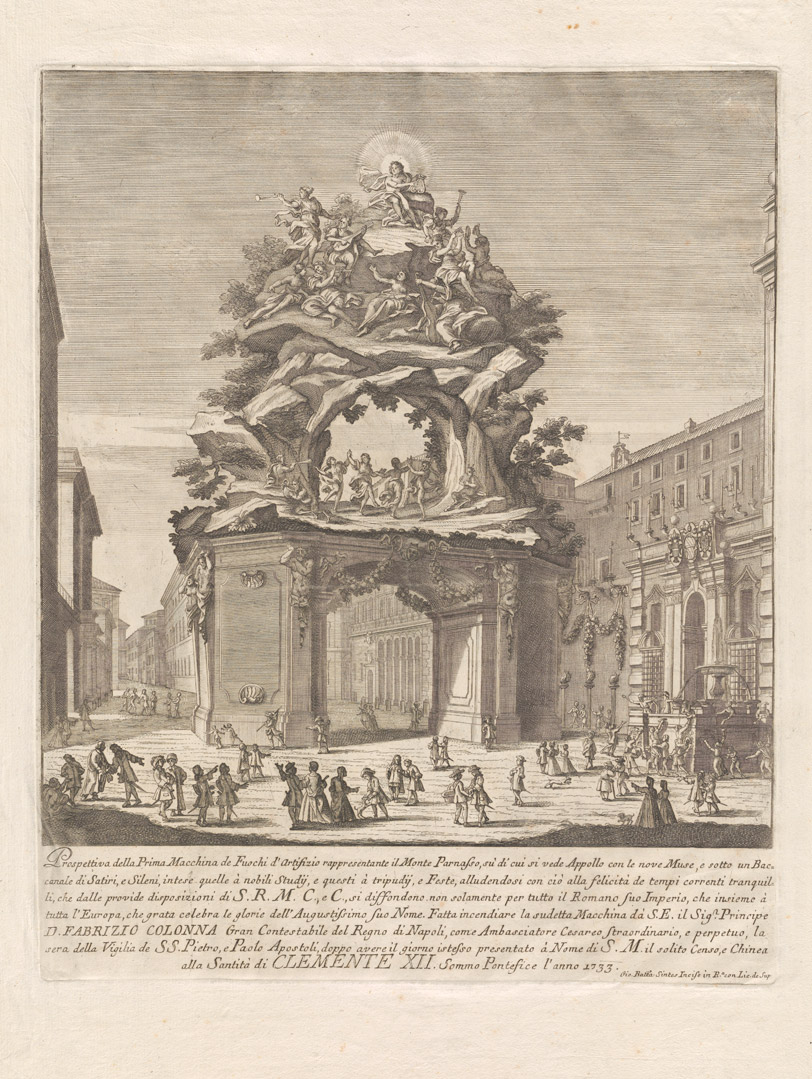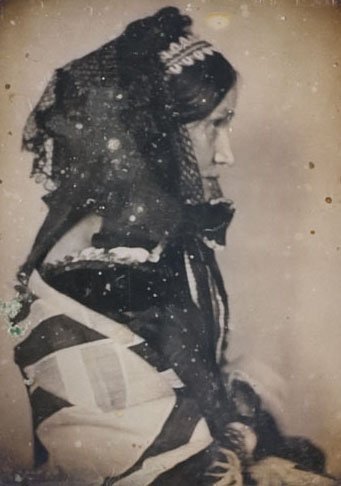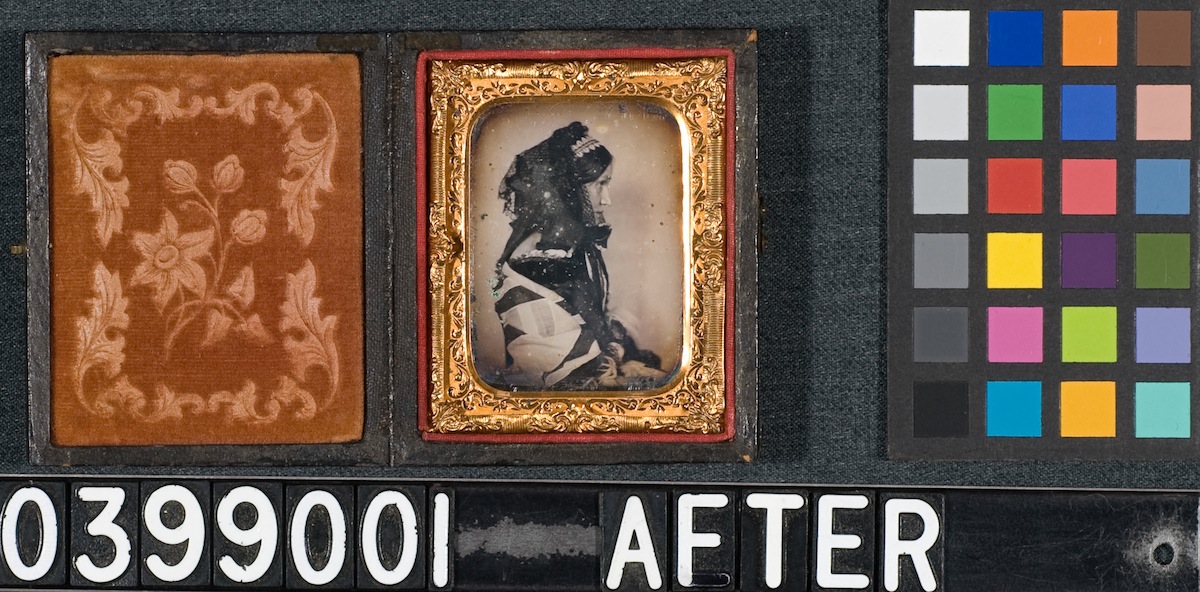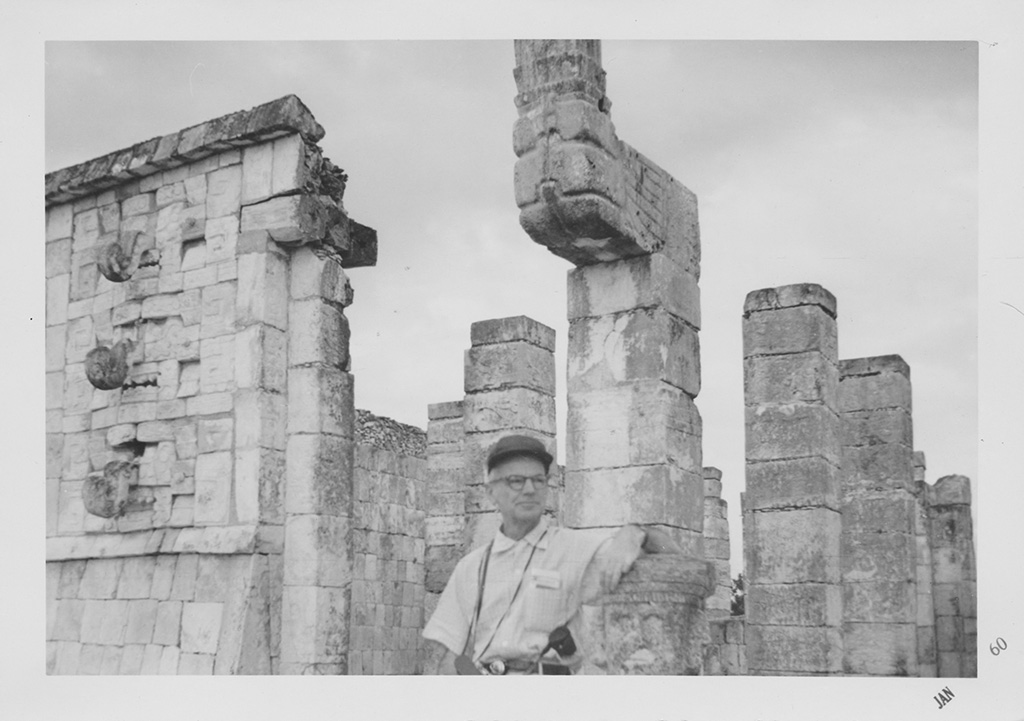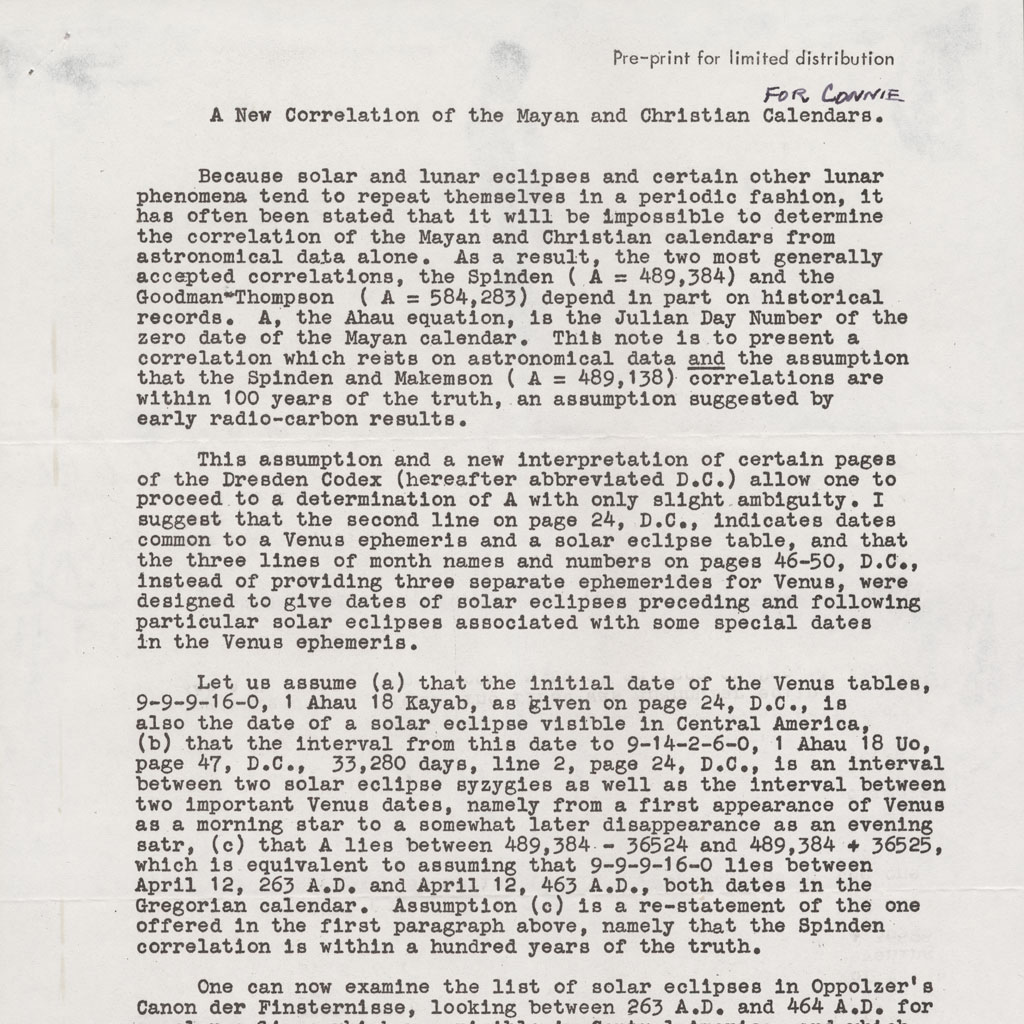BrownTown and Traces of the Past
March 1, 2013 by rness | Comments Off on BrownTown and Traces of the Past
Historic photographs of a particular place often depict a community no longer present, while exhibiting architectural and geographic traces that we can recognize. It is these traces that connect us to the past, and which also distance us from it. The work that I did preparing digital images for Images of Brown, allowed me an often nostalgic, and sometimes surprising view, into a place that I have called home for nearly 30 years, the East Side of Providence, Rhode Island. The area is an historic one, much of the architecture and terrain today is similar to as it was a over a century ago, and very familiar to me. Which is why, I stopped and took notice when I was reviewing several images which were captioned BrownTown. What was this BrownTown? I recognized surrounding buildings, but never knew that a BrownTown existed. I crossed the street to the Brown University Archives and began consulting the folders of material on the construction, maintenance, and eventual destruction of BrownTown, Providence, Rhode Island.
After the end of World War II, The G.I. Bill encouraged many World War II veterans to seek a college education. Brown reacted by opening The Veterans Extension Program in the fall of 1946, bringing the University into the national spotlight as a leader in assuring veterans education. From 1,400 applicants, 486 WWII veterans were accepted to the University through a streamlined application process. Over 100 of these students were married and either had children or were expecting. There was a critical housing shortage nationwide, including Providence. Where would they live?
The problem was uniquely solved when the U.S. Government War Surplus Division donated a dozen former Navy barracks to the University, and the city offered to lease to Brown, the Sessions Street Playground at the Corner of Elmgrove Avenue and Sessions Street. (Currently, the site of the Jewish Community Center of Rhode Island). Eight barracks would fit on the lot. They were brought in sections from the Coddington Point site in Newport, and set up on cement posts. This temporary emergency housing was given the name, BrownTown, and on December 9th, 1946, 100 families moved in to the furnished apartments.
Each of the units had an icebox, hotplate, and a tiny iron sink. Flower pots and flower beds distinguished the different residences, as did the informal naming of the “streets”, or rows, between the barracks after wartime locales, Guadalcanal, Normandy, Pearl Harbor, etc. In local newspapers, Brown is described as being a good landlord, pets were allowed, and rent was low at $26-$42 a month. BrownTown’s population exploded. At one time, the hundred families in Brown Town had a total of 120 children. Fifty babies were born during the summer of 1947. Student residents juggled academics with family life, attending baby caring clinics, forming babysitting pools, and building play pens, to keep children out of Elmgrove Avenue, described at the time as a speedway for motorists.
Brown Town was a thriving community for four years, but it was erected as a temporary community, and in 1950, after the inaugural class graduated, half of the buildings were removed. BrownTown was fully razed on June 1951. The fleeting phenomena of BrownTown is summed up in a student essay titled The Suburban History of BrownTown 1946-51, as a “quick life and death of a suburban suburbia.”

